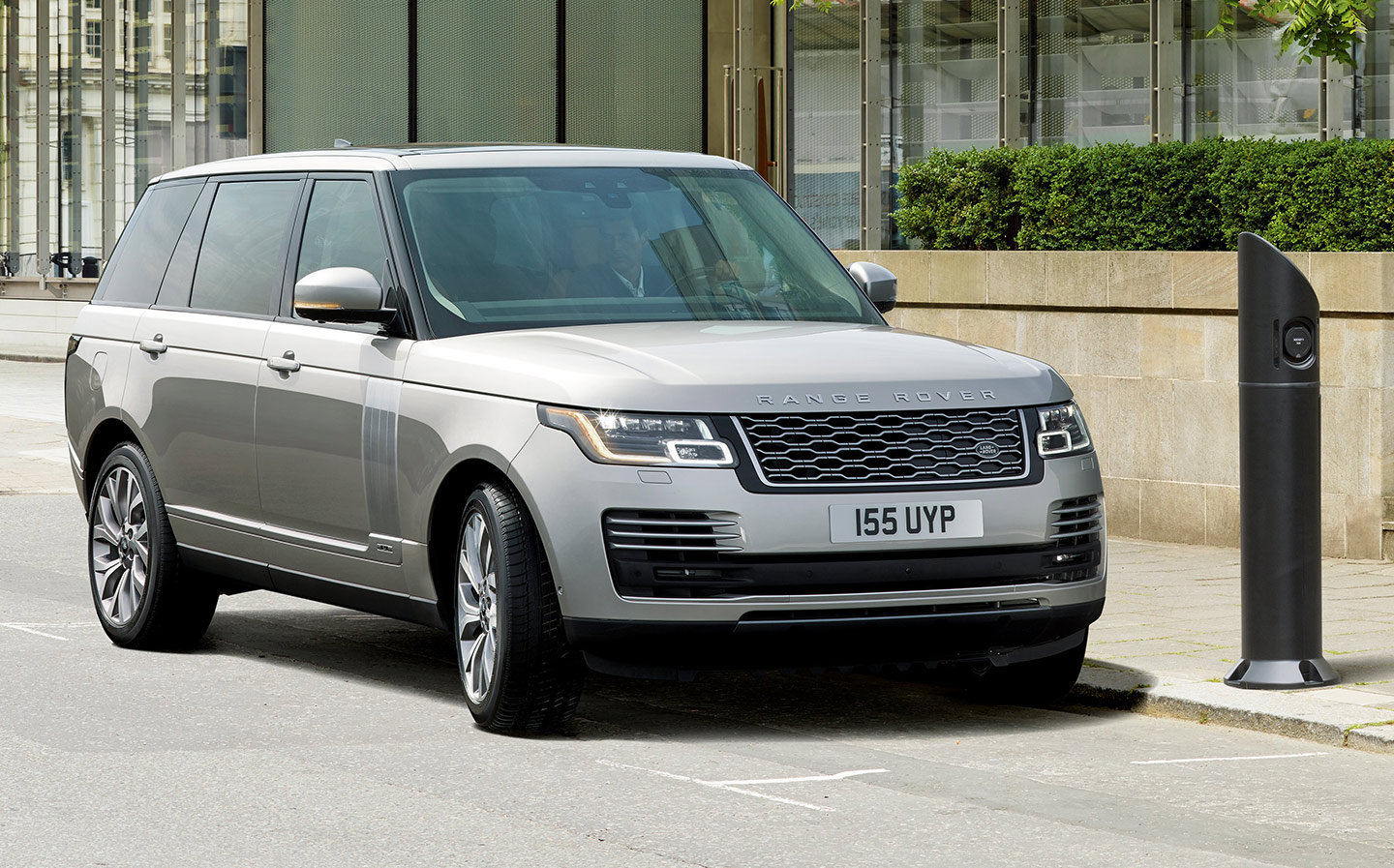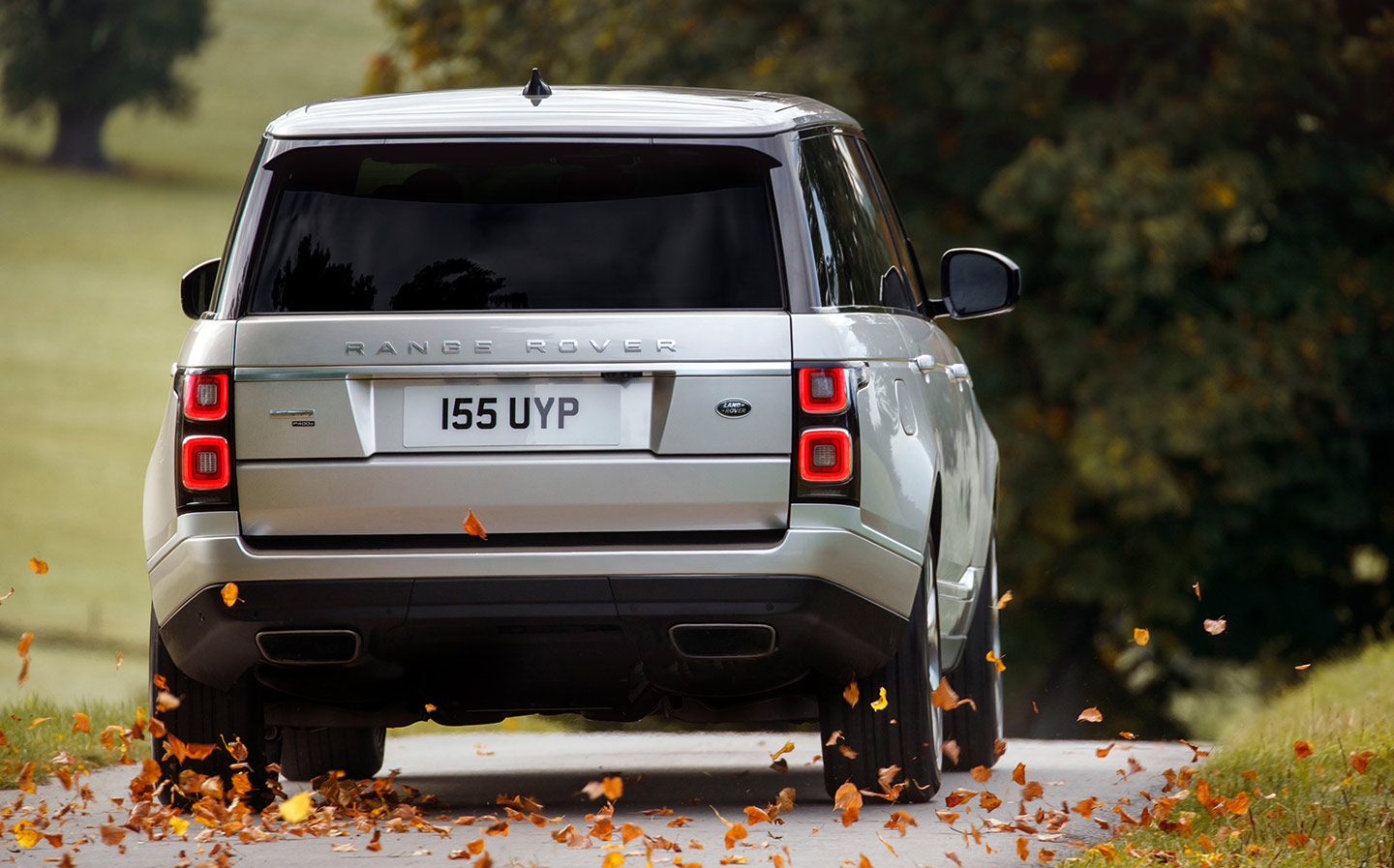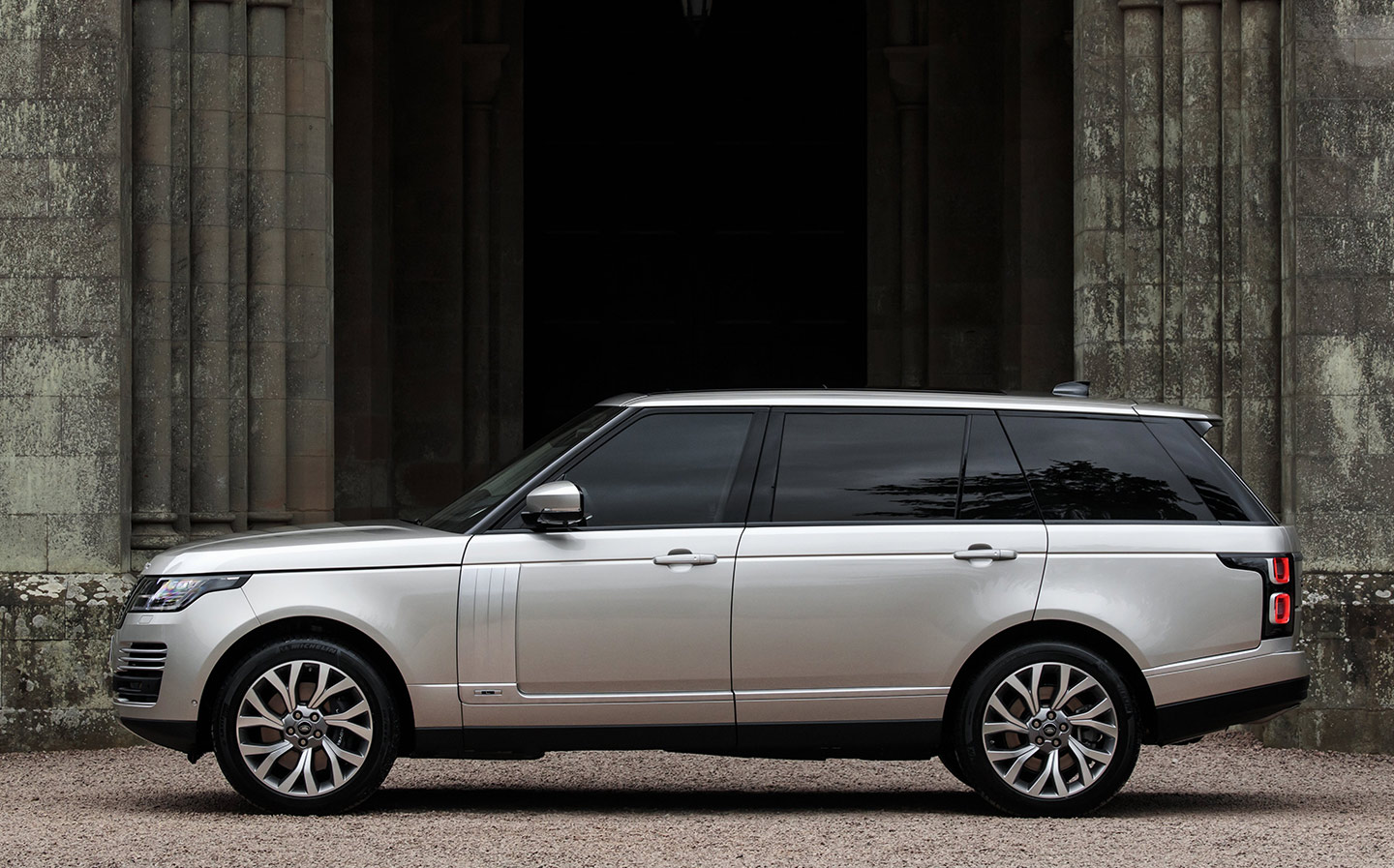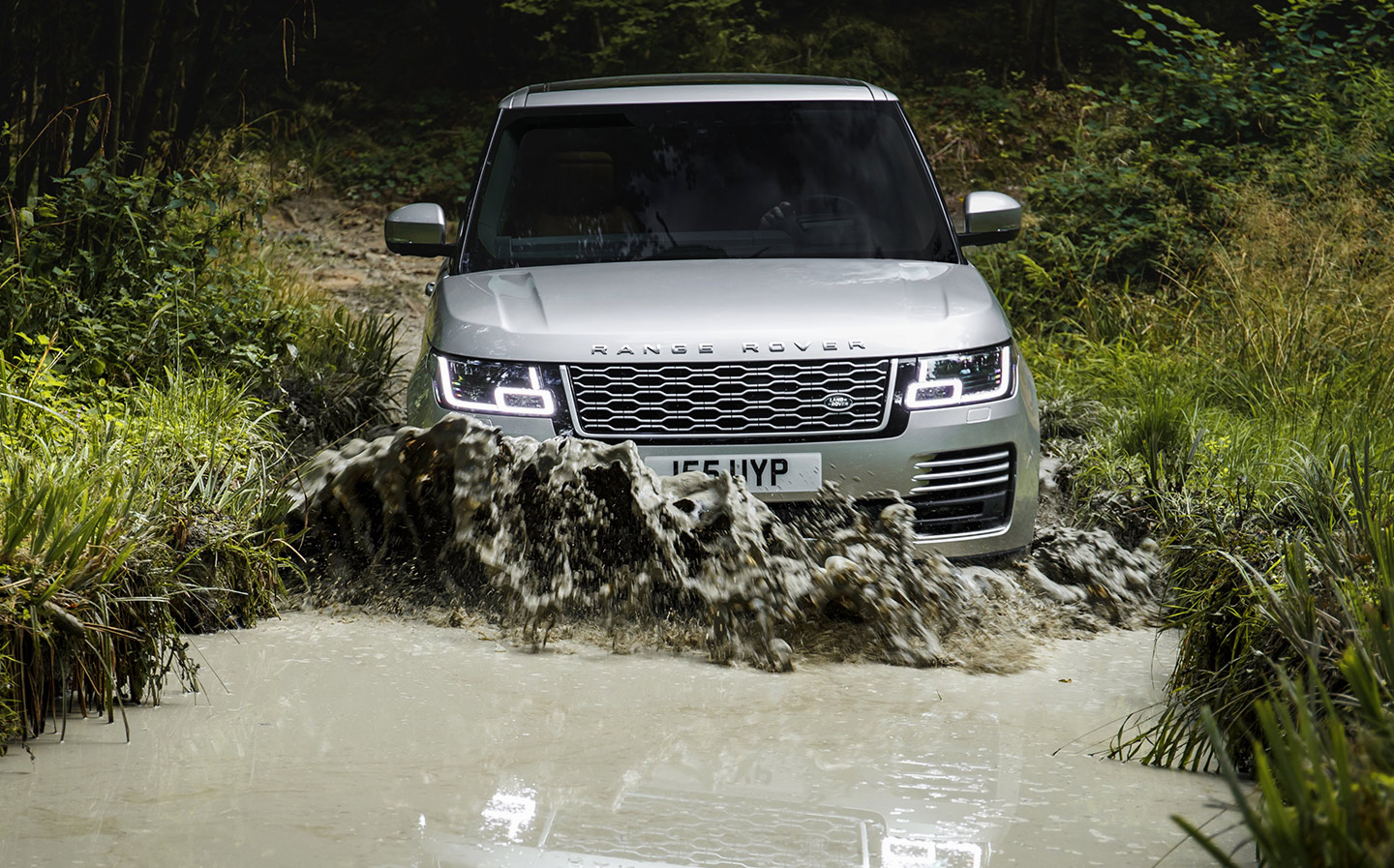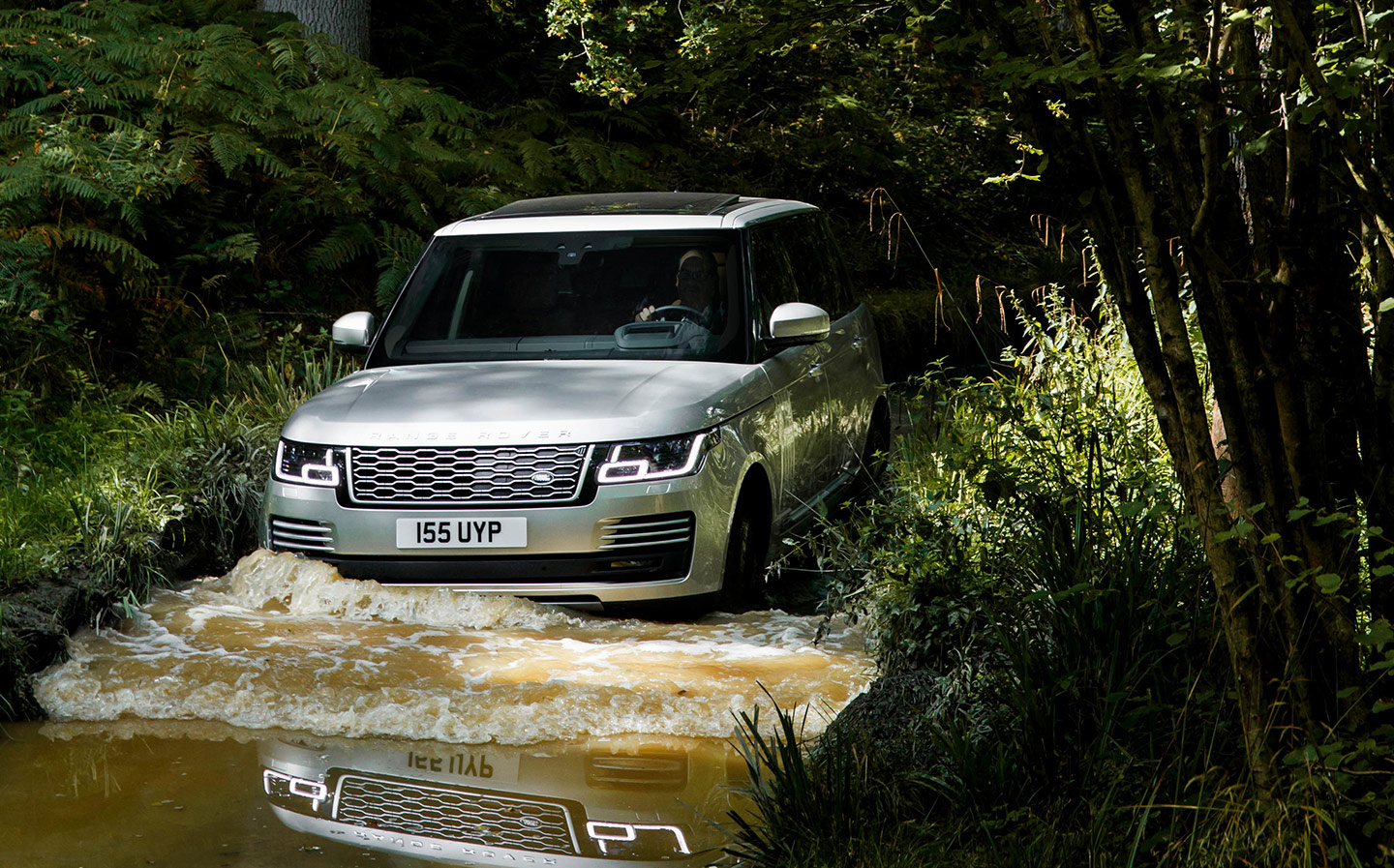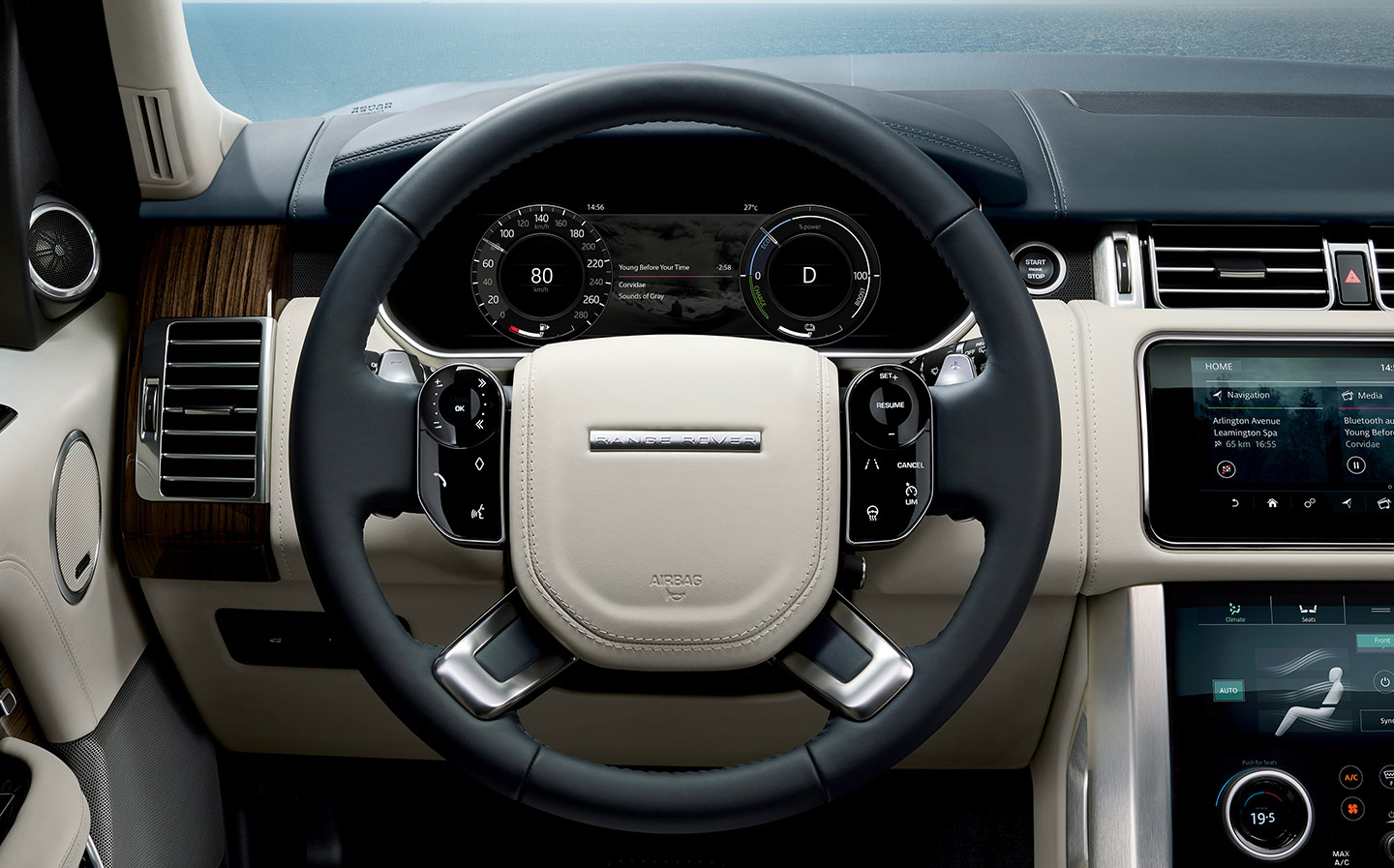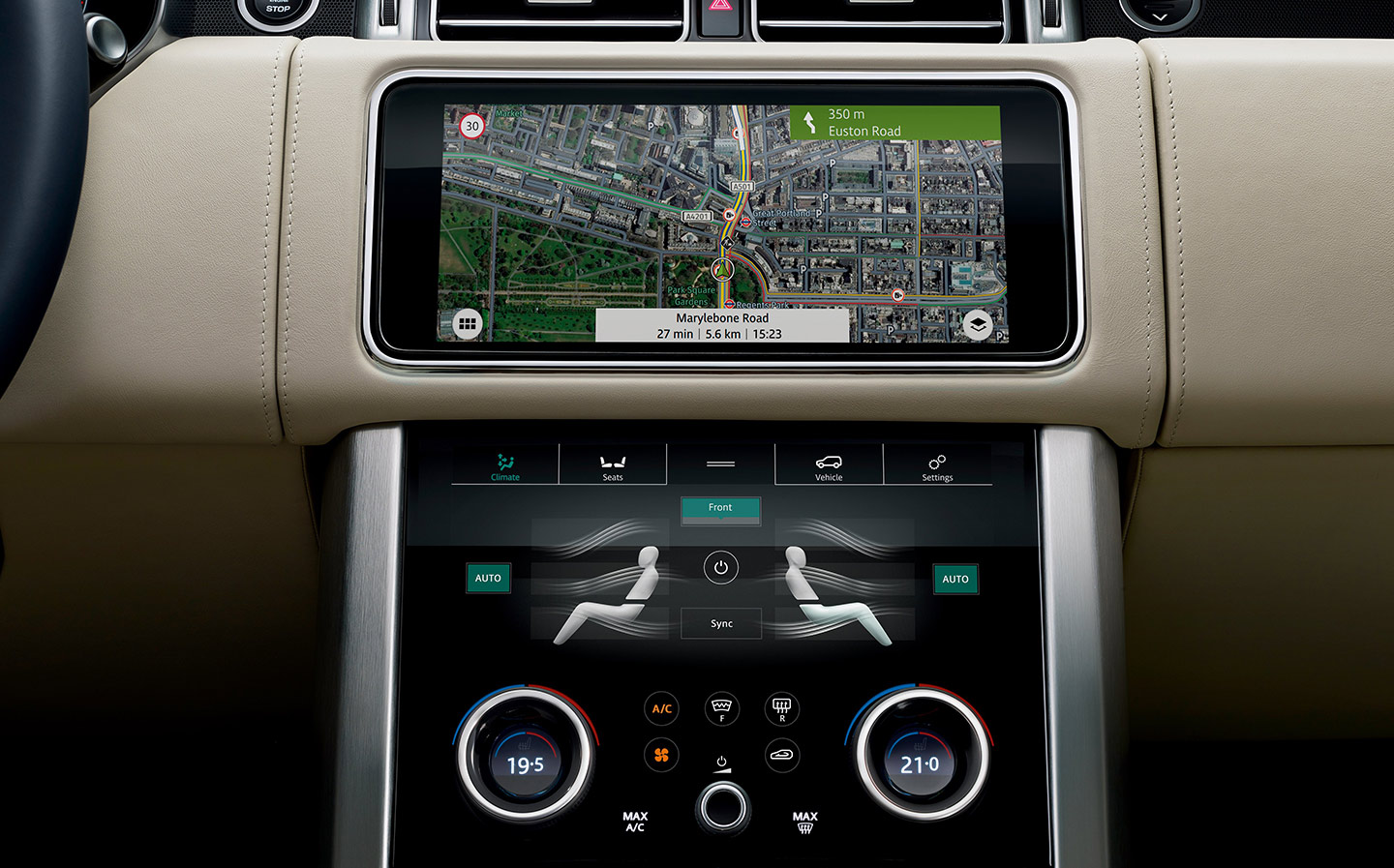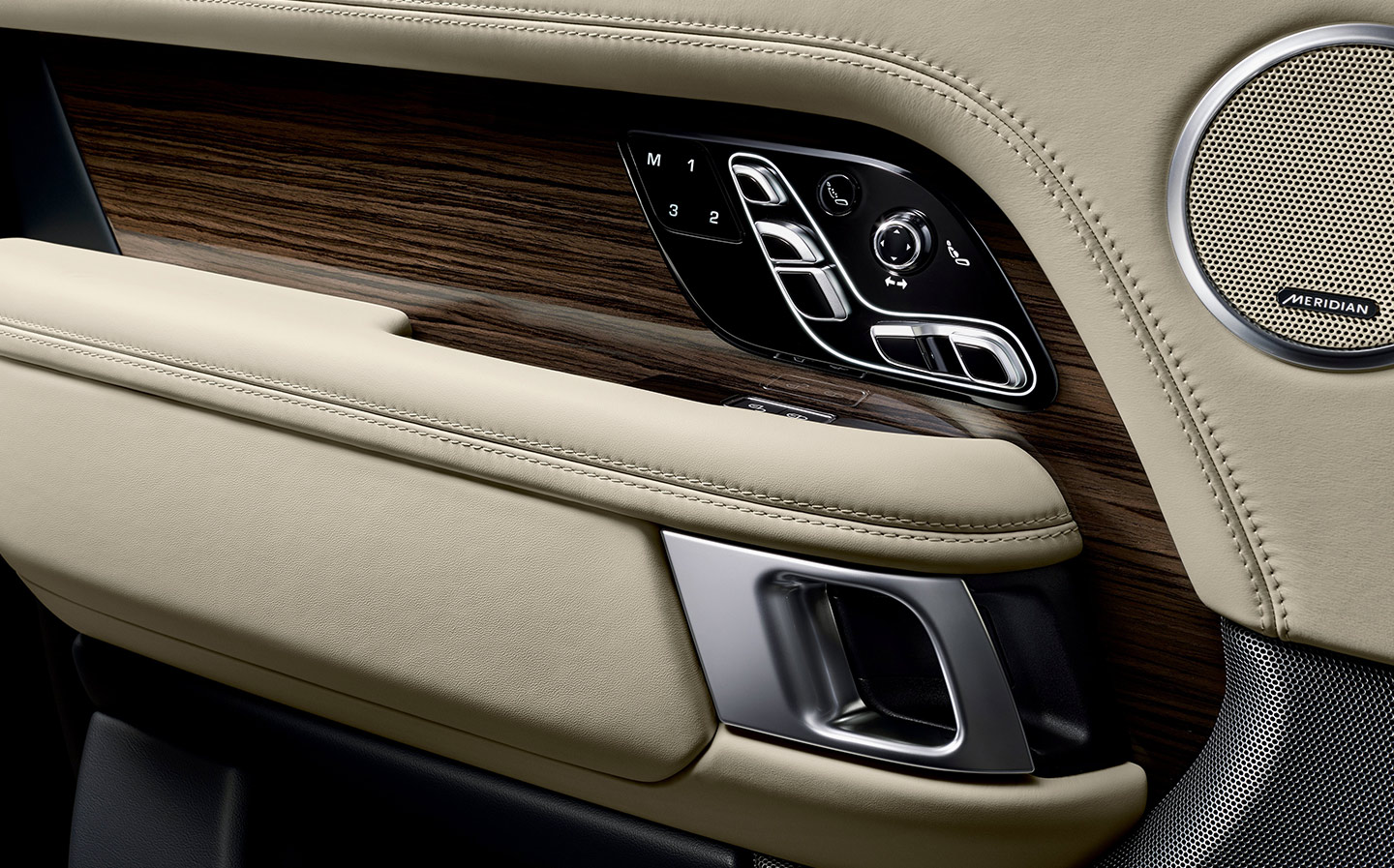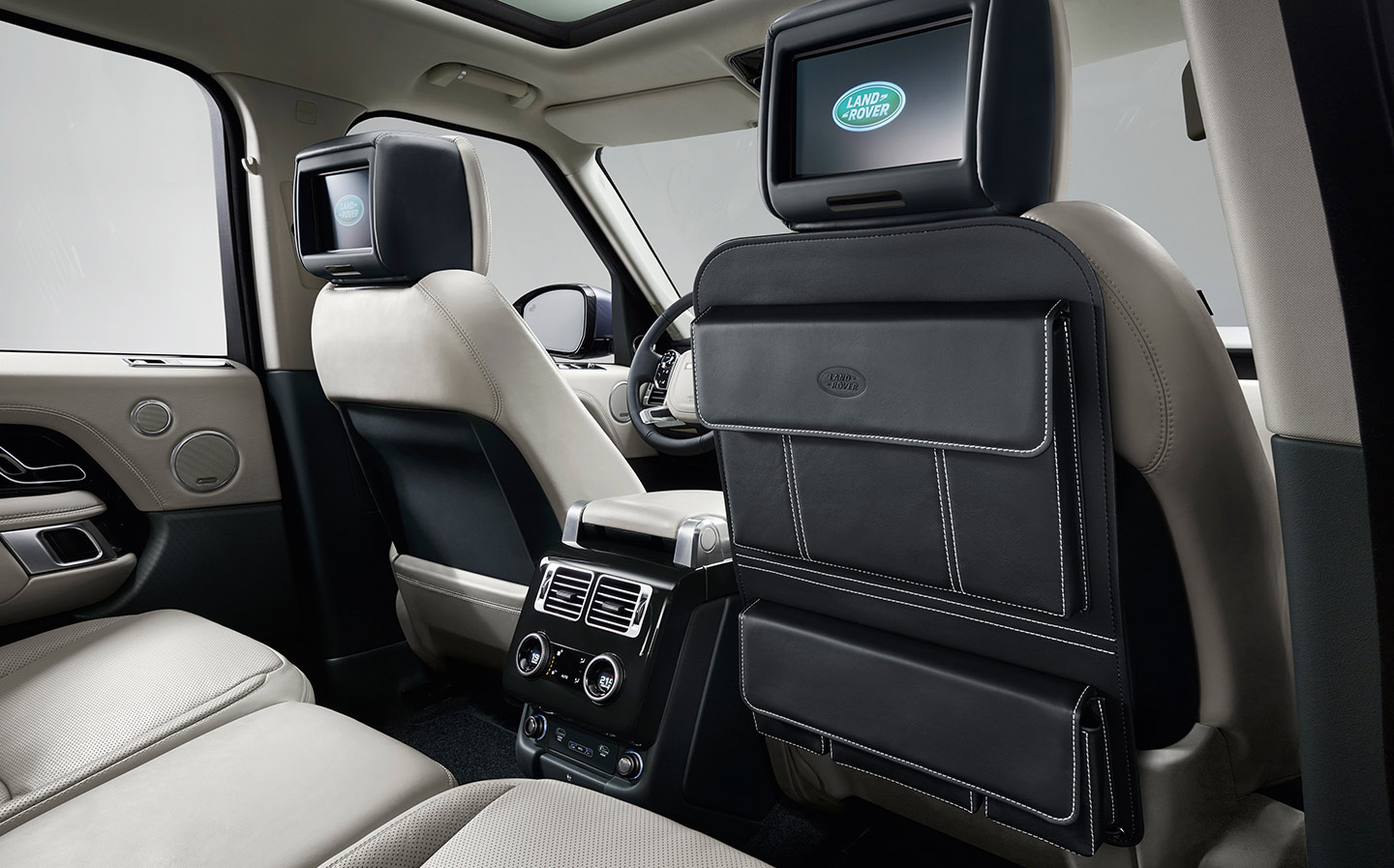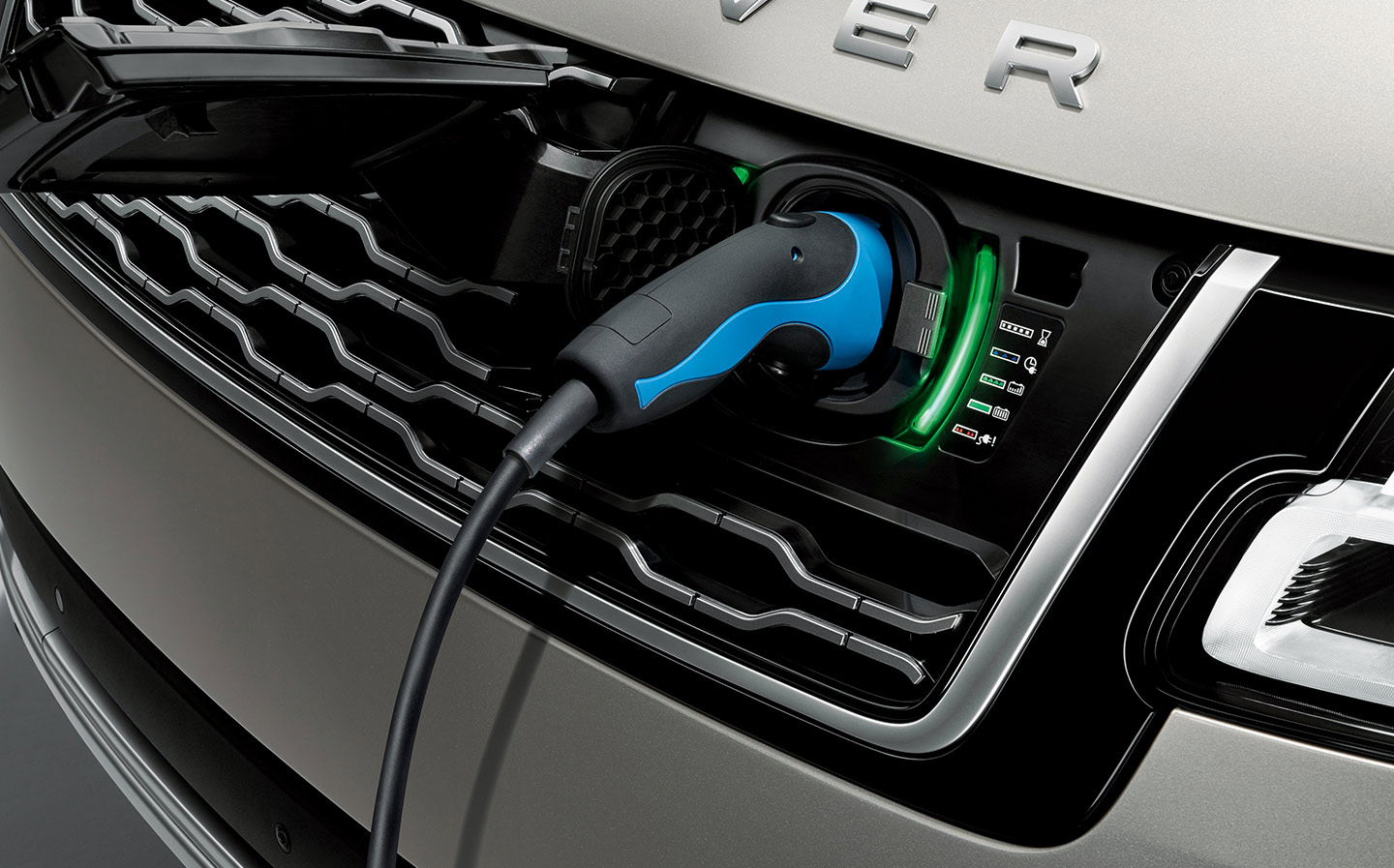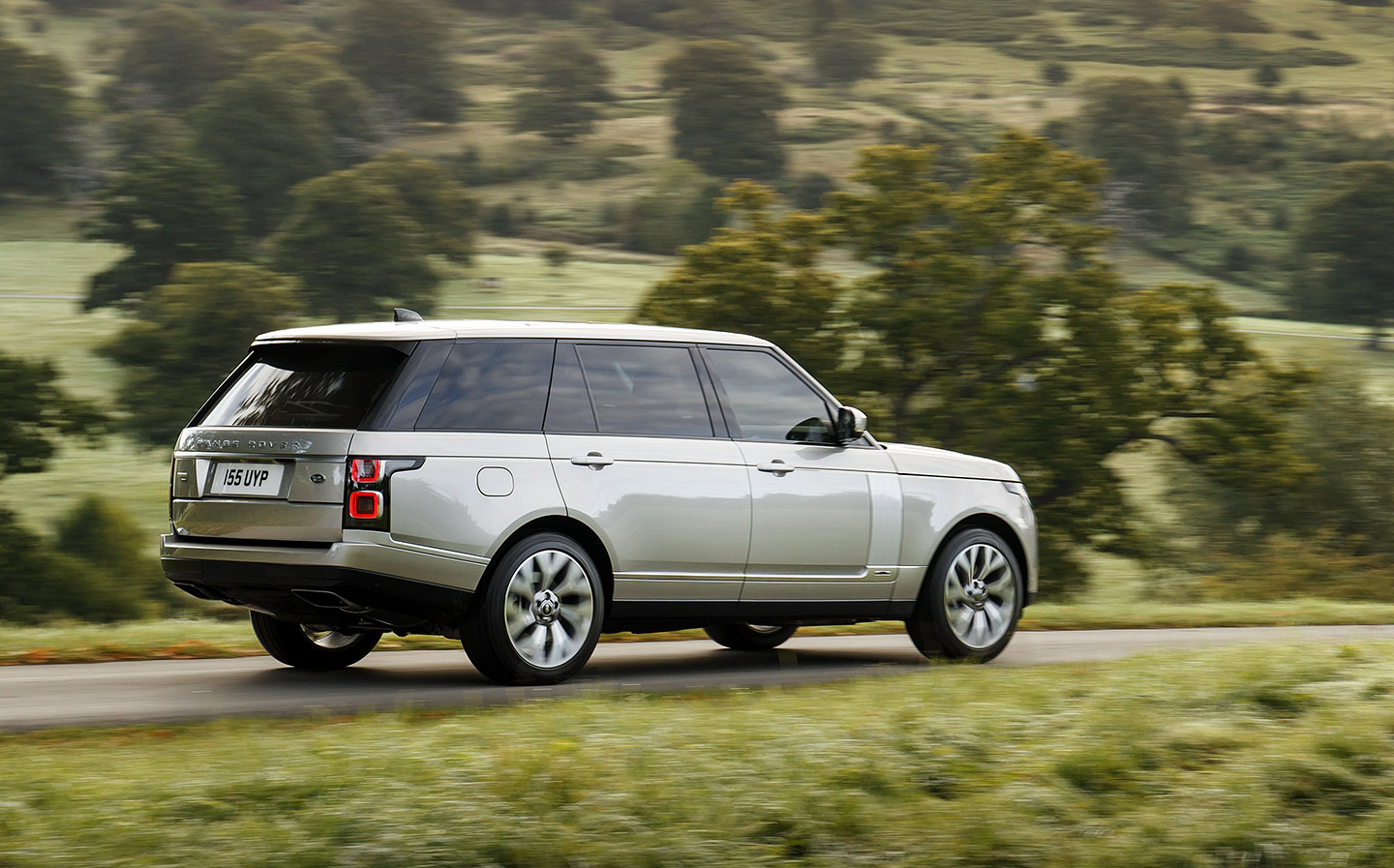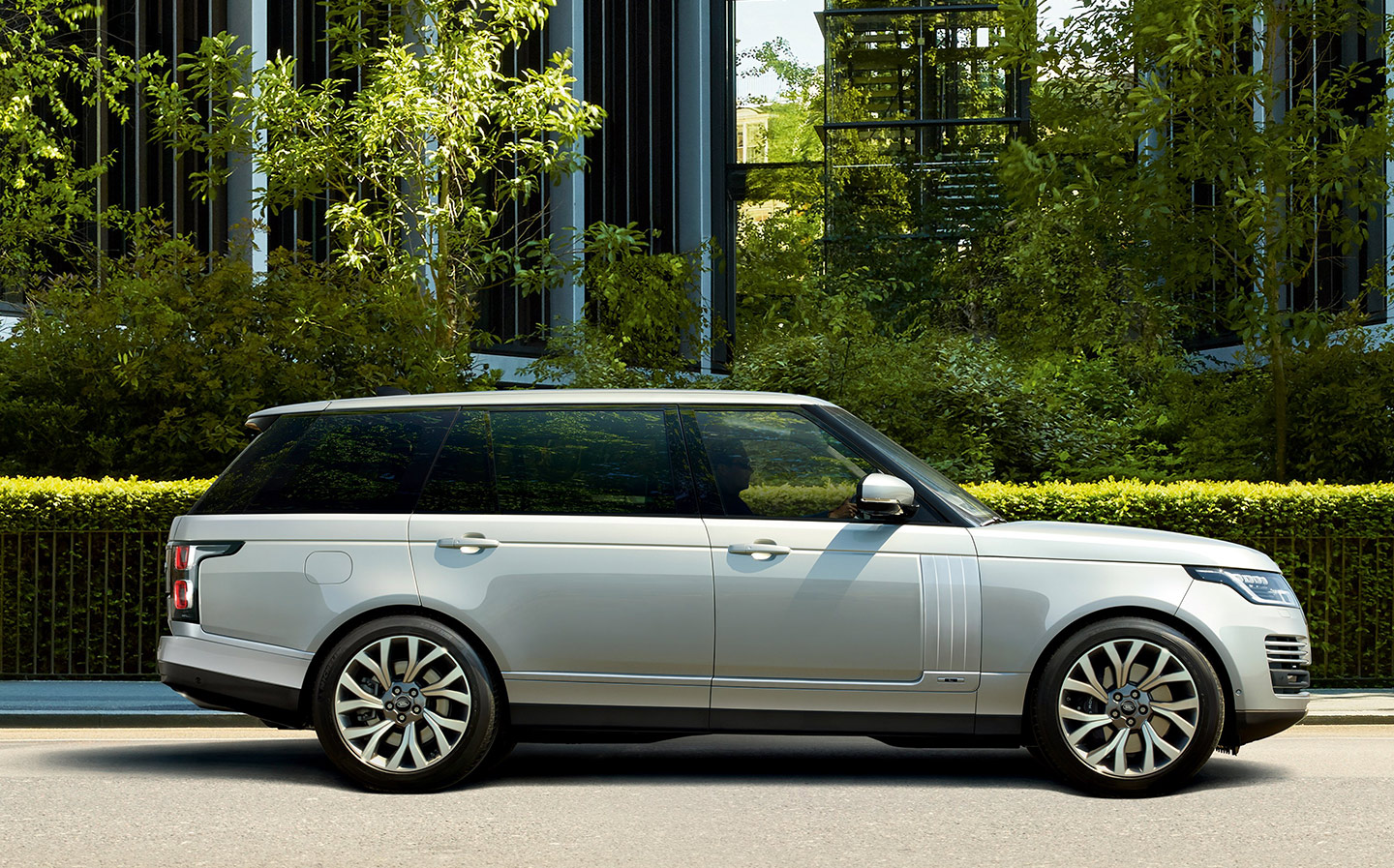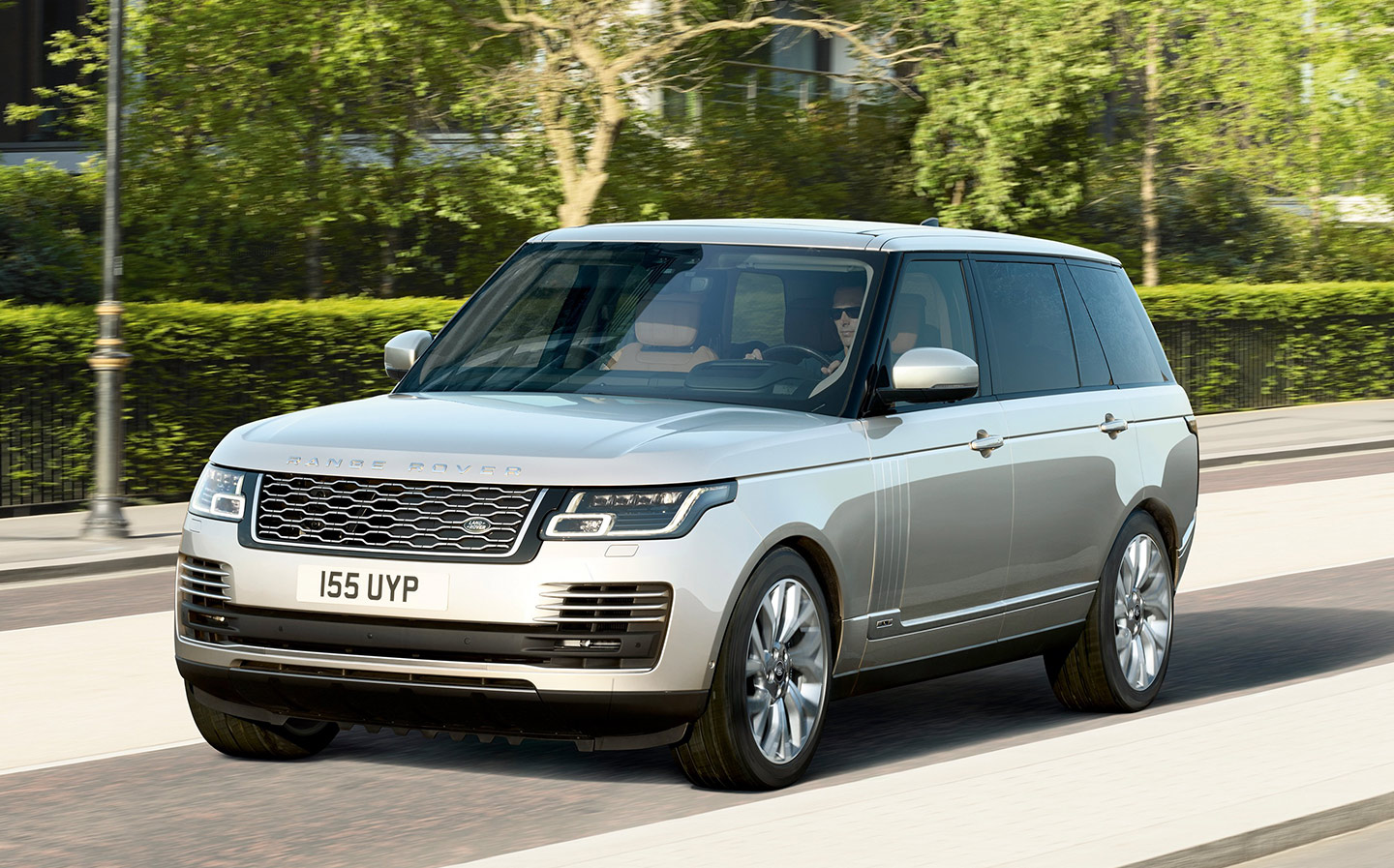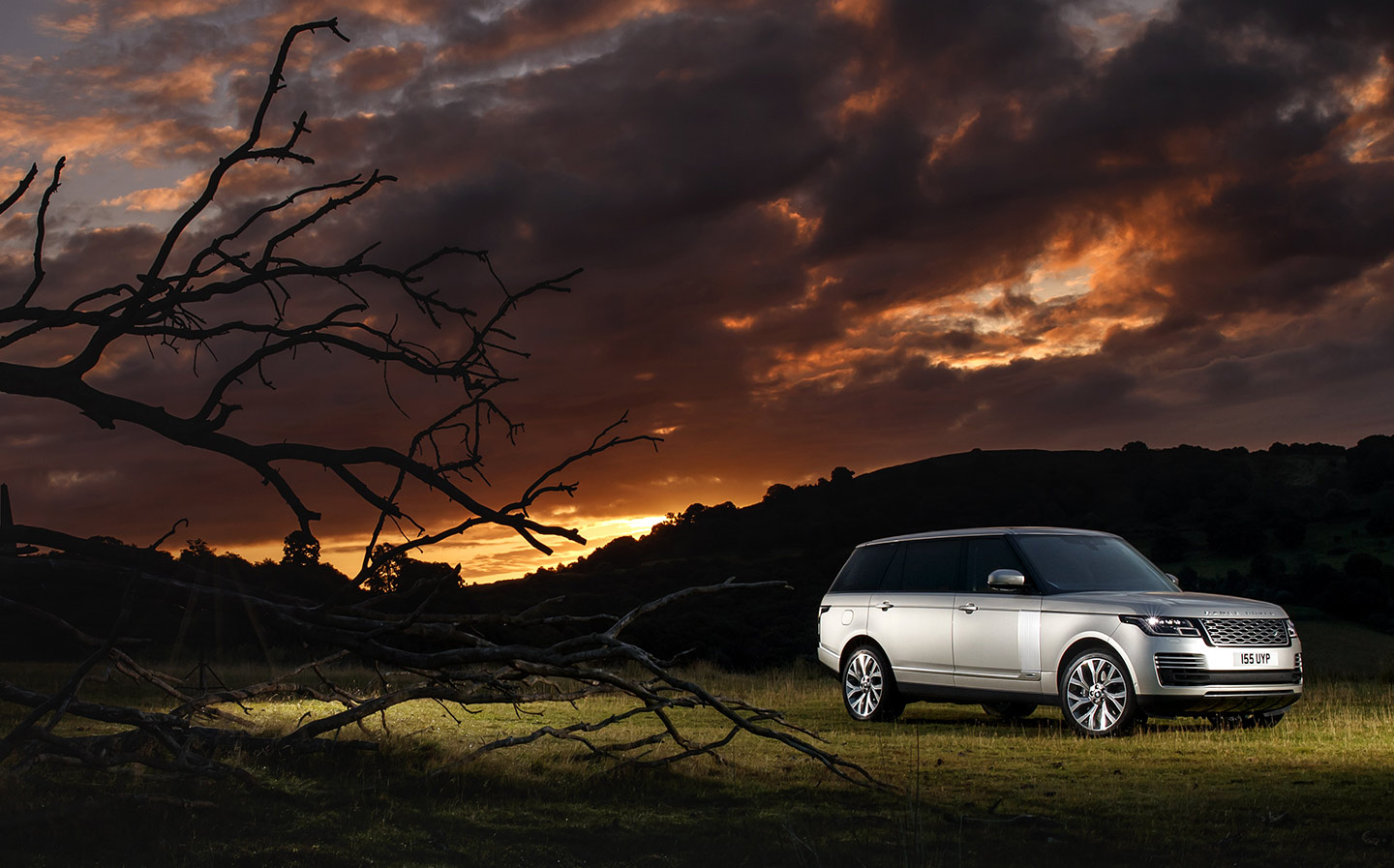2018 Range Rover P400e PHEV review
Watt joy: a guilt-free Chelsea tractor
THE RANGE Rover is the forerunner of the modern generation of SUVs. Launched in 1970, it was aimed at gentleman farmers who wanted to carry their shotguns in the back, rather than hay bales, and needed a more civilised vehicle than the Land Rover. Since then it has gone global, as well as aspirational. The quintessential off-roader is used by everyone from rappers to royals.
Recently, however, diesel vehicles have hit a pothole. Sales in the UK were a third lower in December compared with the year before, and heading down. Norway, Belgium, Holland and France are all clamping down on diesels, imposing higher taxes and restrictions on driving into city centres.
As a result, the 4×4 you see in the picture is being rolled out ahead of schedule. The Range Rover plug-in hybrid electric vehicle (succinctly known as the RR PHEV) is Land Rover’s first plug-in electric vehicle, and it’s an impressive debut.
Browse NEW or USED cars for sale
It’s rechargeable and has a petrol engine, which means you can drive without range anxiety. If you plug it in at night and your commute is no more than 15 miles each way, then you can travel using silent electric power, filling the tank only for long journeys. Its official fuel economy is more than 100mpg — better than a Toyota Prius.
It’s a Chelsea tractor without the guilt, plus it’s cheap to run. The first year of vehicle excise duty — what used to be called road tax — is £15, compared with £1,200 for the closest-performing diesel Range Rover. More significantly, there’s a potential monthly tax saving of about £830 for company car drivers.
True, the PHEV doesn’t qualify for all the same benefits as cheaper hybrids — the £2,500 plug-in car grant, for example, applies only to vehicles costing less than £60,000 — but it is exempt from the £11.50-a-day London congestion charge.
To drive, it’s a hoot. A smooth, eight-speed automatic gearbox feeds power to all four wheels, and a 114bhp electric motor assists the 296bhp petrol engine. From standstill it reaches 62mph in 6.8 seconds, a shade quicker than its turbocharged diesel counterpart, with a top speed of 137mph (against 135mph for the diesel). At the lights, it beats most internal combustion engines — a party trick that, during my test drive in California, left American drivers open-mouthed.
The petrol-electric system is managed by a computer and the driver can choose from two modes: Parallel Hybrid (the default) and EV (electric vehicle). In Parallel Hybrid, the computer juggles the two power sources to favour the clean stuff when it can.
On longer trips, there’s a “Save” function to keep electric power in reserve for part of the journey — for example, when entering a city. The driver’s display shows power drain and regeneration as you work the pedals.
“It’s luxury meets eco-friendly, the child of a love affair between the Countryside Alliance and the League Against Cruel Sports”
There’s a port in the front grille to recharge. It’s easy enough, but it doesn’t charge as quickly as a Tesla. The shortest time is 2 hours and 45 minutes, for which you need the right 32-amp wall box. With a domestic plug it takes 7 hours and 30 minutes. (Land Rover says it doesn’t need to charge as fast as an electric-only Tesla because the vehicle has a back-up petrol engine.)
Inside, it has all the usual Range Rover comforts. The driving position is high up, with a commanding view of the road and surroundings — a great place to be for long journeys or in traffic. The Autobiography version has what the company calls “executive class seating”, with massage and recline functions that exceed airline standards of comfort.
Because the PHEV is part of the new 2018 model range, it also offers an improved infotainment system, with twin 10in touchscreens, and wider seats, made possible by the relocation of the controls to the doors, Mercedes-style.
So what’s not to like? It’s luxury meets eco-friendly, the child of a love affair between the Countryside Alliance and the League Against Cruel Sports. Yet with all of those good points, there has to be a downside — and there is. The hybrid petrol-electric powertrain is clever but it’s not yet perfect. The prototype I drove was still rough around the edges.
Land Rover says the PHEV has been subjected to the same rigorous tests as its other vehicles. Maybe so, but the steering isn’t as precise and the ride at times felt crashy. The regenerative braking also means it lurches a little as you step off the throttle. These are problems Land Rover says are being fine-tuned and the finished version will be polished when deliveries begin in March.
Let’s hope so, because for upwards of £80,000 for the base model you’d expect it to be every bit as good as a conventional Range Rover. Buyers will need to be reassured they’re not being used as guinea pigs for an experimental technology. In theory, bigger, more powerful vehicles such as this are better suited to battery-powered and combined-electric engines (though paradoxically they have been slower to get them than smaller cars) but the jury’s still out.
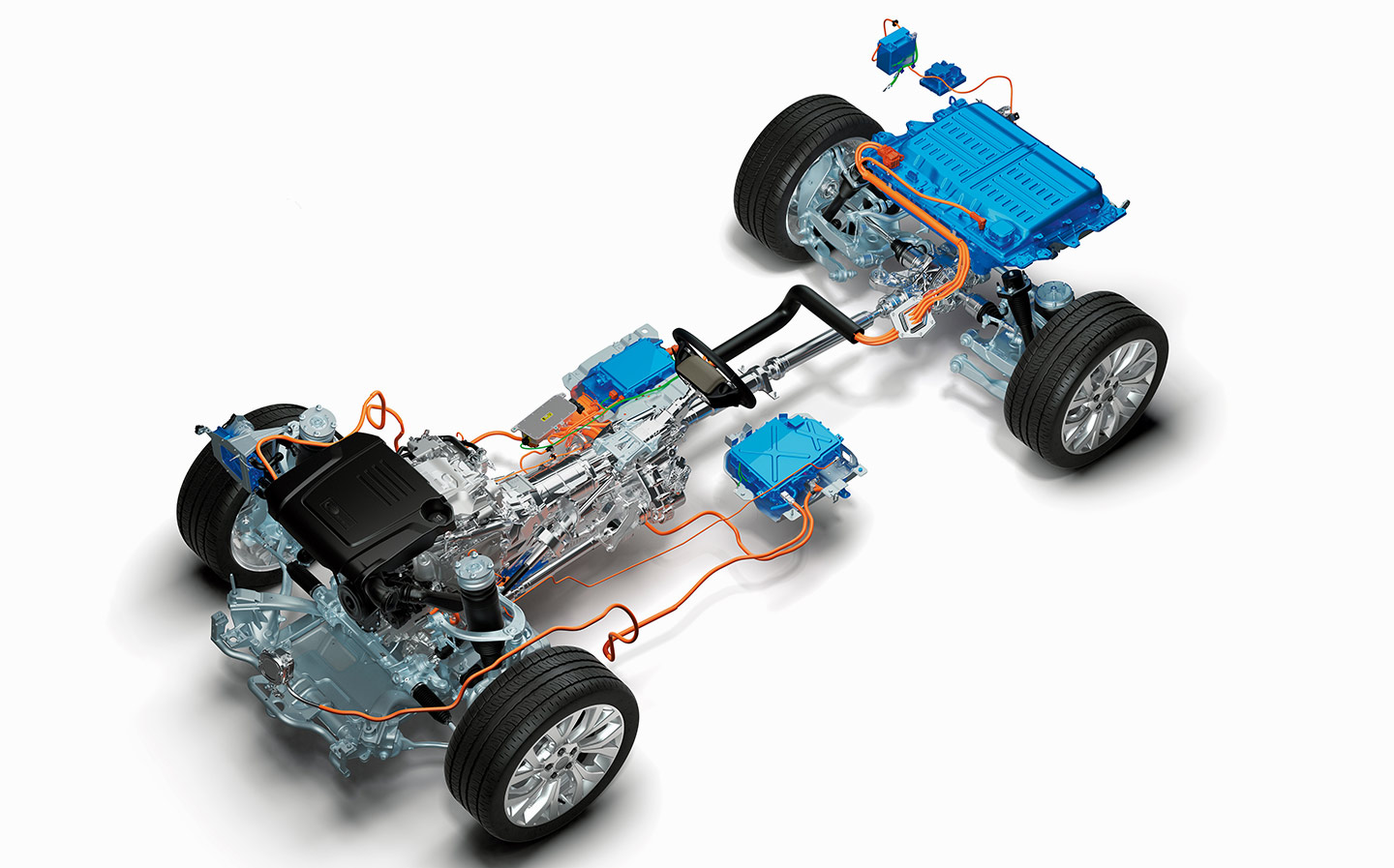
Under the skin of the Range Rover PHEV
There are some obvious limitations. The diesel Range Rover can tow as much as 3½ tons, a ton more than the PHEV. The latter also has to carry the extra weight of the 13 kWh battery that powers the motor.
The company says it has no idea how many people will buy the PHEV. “It could be 10, it could be 10,000,” according to one senior executive. Its market research has thrown up a mixed picture.
On the one hand, the Range Rover’s natural habitat is the countryside, where owners are more likely to have off-road parking and outdoor sockets. If you live in a flat or on a city street with no driveway, then charging it overnight is less practical.
On the other hand, country folk may be less concerned about diesel than urbanites, living as they do among agricultural vehicles. They may also be put off by other concerns, such as how the PHEV’s complicated drive system will cope off-road; whether the battery will withstand cold conditions and be prone to fade; and whether the electrics will survive, say, a swollen river.
Browse NEW or USED cars for sale
Land Rover is keeping its fingers crossed. Porsche already offers a plug-in Cayenne, and other luxury plug-ins, such as the Bentley Bentayga, will be rolled out later this year. Volkswagen’s plug-in Golf GTE hatchback has sold out in Britain, partly as a result of production bottlenecks but also due to unexpectedly high demand.
In the medium term, at least, plug-in technology seems to be popular, offering the advantages of electric driving without time-consuming recharging on long journeys. The future for diesel, meanwhile, is uncertain. It may never recover from Dieselgate and its aftermath.
In Los Angeles, where I tested the new Range Rover, clean air regulations have rolled back the smog for which the city was once famous. The contrast in air quality compared with Britain’s most polluted streets is obvious.
Jeremy Clarkson is away


